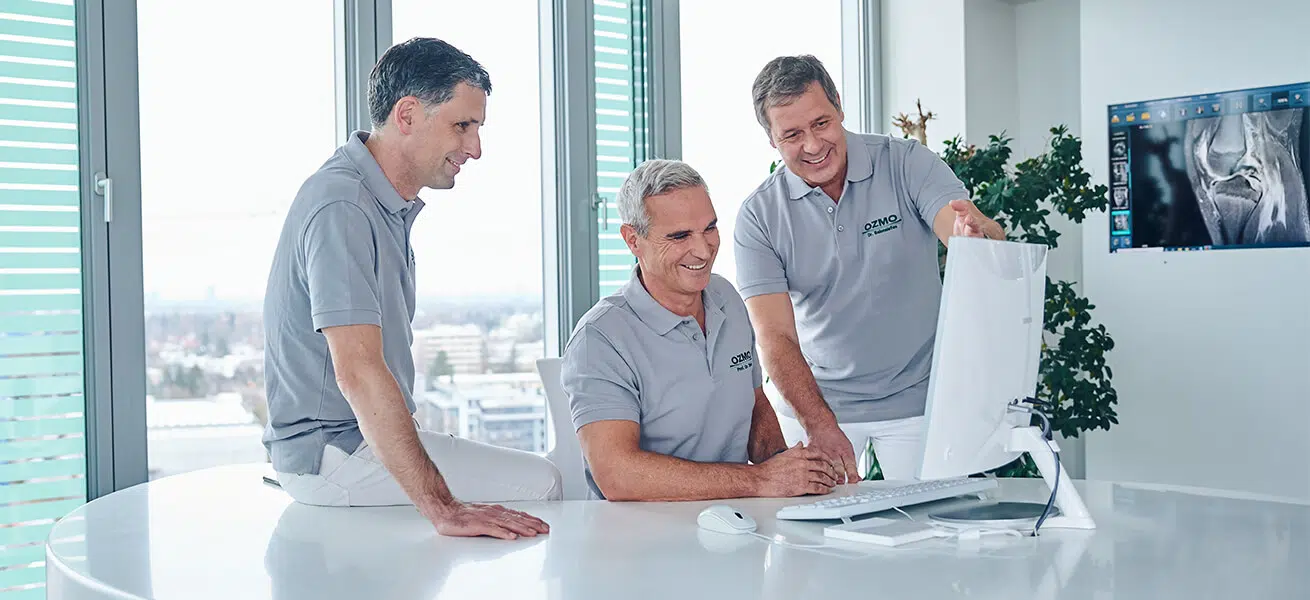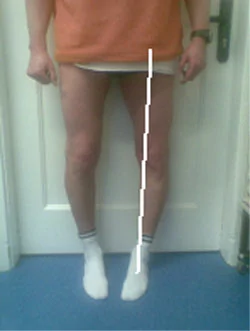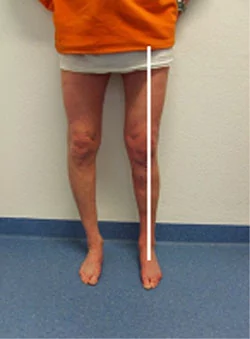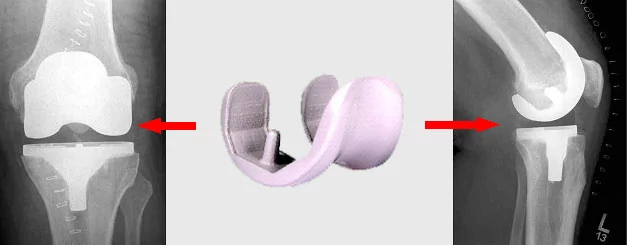Osteoarthritis knee
Gonarthrosis: Escaping the prosthesis despite knee joint arthrosis
Insidiously and unnoticed, the knee joint can cause problems with increasing age. What is initially perceived only during exertion or as a start-up pain after a long period of rest is caused by a serious disease requiring treatment. Knee joint arthrosis, medically known as gonarthrosis, is one of the most common signs of wear and tear of the joints. Osteoarthritis can occur in almost any joint, but often causes rapid progression in the knees without treatment. The knee joint generally bears a high proportion of the body weight, which means that overloading and incorrect loading have a lasting effect on the health of the joints.
Learn valuable information about knee joint osteoarthritis. We will explain the causes, the typical symptoms and the possible treatment options that can even avoid or at least delay the ultimately necessary use of a prosthesis in the context of orthopedic specialist treatment.
What is knee joint osteoarthritis?
Knee joint arthrosis or gonarthrosis is the term used to describe chronic joint wear in the knee joint caused by damage to tissue parts. In the process, the cartilage layer covering the joint surface is increasingly worn away. As a result, painful conditions, inflammation and swelling occur in and around the knee joint. Osteoarthritis is one of the degenerative diseases of the joints, which on the one hand result from age-related wear and tear, and on the other hand are caused by previous injuries and / or incorrect or excessive loads on the knee. Osteoarthritis as a disease is not considered curable. However, it can be slowed down with good therapy options of modern medicine and a healthy lifestyle of the patient.
There are several stages of knee joint osteoarthritis, characterized by different cartilage situations and associated symptoms. In the final stage, when the cartilage is completely used up and bone rubs against bone, the only option left is the use of a prosthesis.
Causes: How does osteoarthritis of the knee develop?
Knee joint osteoarthritis can develop both abruptly and without any apparent cause, but also as a result of pre-existing conditions, injuries, overloading or incorrect posture and loading. Accordingly, the types of gonarthrosis are divided into primary arthrosis and secondary arthrosis.
Primary osteoarthritis of the knee joint
Primary knee joint osteoarthritis occurs for no apparent reason. Scientific research is not yet sufficient to provide accurate knowledge. However, inherited and thus genetic risk factors are suspected. The reason for this lies in familial clustering of osteoarthritis. However, good prevention through joint-friendly behavior and the avoidance of incorrect stresses is also considered helpful in people who may have hereditary predispositions in order to avoid the occurrence of osteoarthritis in the knee joint.
Secondary osteoarthritis of the knee joint
Causes of secondary knee joint osteoarthritis are mostly found as a result of previous influences on the joint. Thus, osteoarthritis is a secondary disease. The causes can be axial malpositions (bow- / knock-knees), previous injuries or operations (cruciate ligament, meniscus operations), but also the influence of rheumatic diseases. In the early stages, occasional discomfort occurs after prolonged exertion (sports). Later, symptomatic occurrences accumulate and intensify to the point of severe pain and limitation of movement.







